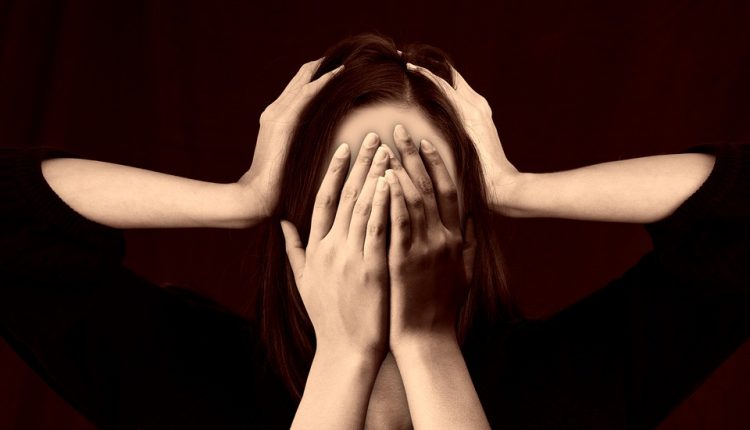
Migraine without aura: symptoms, causes and treatment
Migraine without aura is the second most frequent type of primary headache (after tension headaches) and generally manifests itself with sudden pulsating pain confined to one part of the head, subject to worsening
There is no real therapy for migraine without aura as it is a disorder associated with several triggering factors, but there are several treatments available to help alleviate its symptoms.
Migraine without aura: when and how it occurs
Migraine without aura is a disorder that can occur during childhood but more often starts at puberty, and up to the age of 50.
It mainly affects apprehensive people who are more prone to stress and anxious states, as well as being influenced by hormonal factors.
This last aspect explains why it is the female sex that suffers the most, in fact, for every 3 women with the condition, only 1 man is affected.
A migraine without aura generally manifests itself upon awakening
It is characterised by attacks that may last a few hours or even a few days.
The main symptoms with which it manifests itself are
- pain of medium or severe intensity of a pulsating type, mainly unilateral but sometimes extending to the entire head;
- feeling of nausea and/or vomiting
- inability to carry out normal daily activities;
- tendency to worsen with movement and physical exertion;
- photophobia (intolerance to light), phonophobia (intolerance to noise) and in some cases osmophobia (discomfort with odours).
Migraine attacks may be accompanied by certain premonitory signs (prodromal symptoms) such as paleness, irritability, fatigue, drowsiness and a tendency to change mood.
The causes of migraine without aura
The underlying causes of migraine attacks without aura are not yet well known, but the scientific community is unanimous in recognising a hypersensitivity of their nerve cells to certain triggering factors in migraine sufferers.
Triggers for spasms in the brain vessels would be:
- particularly stressful events;
- ovulation and the menstrual cycle;
- excessive or deficient sleep;
- consumption of particular foods, large meals or fasting;
- alcohol;
- changes in lifestyle or climate.
How is migraine without aura treated?
When migraine without aura is due to stress factors accompanied by increased sensitivity to light and noise, it is advisable to relieve cerebral tension with absolute rest in a dark and quiet environment.
If, however, one believes that certain foods are the trigger for the migraine, avoiding them is the primary solution to reduce the risk of further attacks.
On the other hand, if the seizure is due to hormonal changes, e.g. pre-menstrual phase, menopause or pregnancy, the problem can be alleviated by taking more magnesium combined with a healthy lifestyle based on regular exercise, good sleep quality, adequate hydration and reducing the amount of caffeine and alcohol.
Finally, to reduce the frequency and severity of episodes, some pain-relieving drugs (such as paracetamol), anti-inflammatories and triptans can help reverse the chemical changes in the brain believed to be responsible for migraine and alleviate the pain symptoms.
Read Also:
Emergency Live Even More…Live: Download The New Free App Of Your Newspaper For IOS And Android
Headaches: Migraine Or Cephalea?
Migraine And Tension-Type Headache: How To Distinguish Between Them?
Paroxysmal Positional Vertigo (BPPV), What Is It?
Headaches And Dizziness: It Could Be Vestibular Migraine
Monoclonal Antibodies And Botulinum Toxin: New Treatments For Migraines
Migraine With Brainstem Aura (Basilar Migraine)
Migraine: Causes, Symptoms And Prevention



